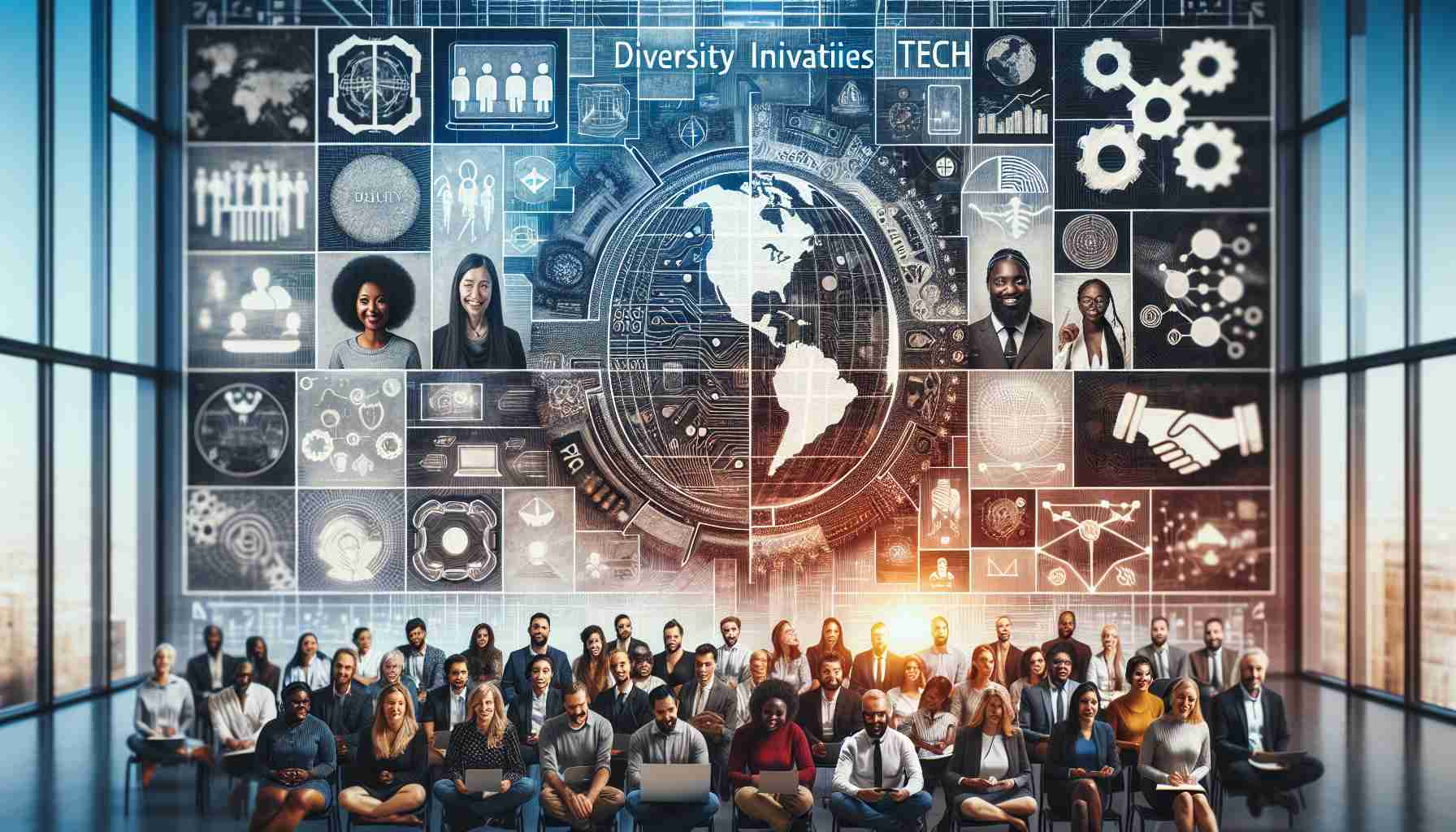In a recent high-profile social media post, Alexandr Wang, the founder of Scale AI, stirred up debate within the technology community by questioning the ongoing relevance of DEI (Diversity, Equity, and Inclusion) principles. As an alternative, Wang emphasized the importance of MEI—Merit, Excellence, and Intelligence—as the guiding criteria for hiring decisions within his company. This new perspective was lauded by some prominent industry figures, yet the idea of meritocracy is seen as problematic by others who argue that it overlooks historical inequities and structural biases.
The tech industry has displayed growing skepticism towards DEI. After a significant push for diversity during the peak of the Black Lives Matter movement, some in Silicon Valley now argue that DEI has detracted from company performance. The response to Wang’s post highlighted the tension between those advocating for merit-based hiring and others who are concerned that such a focus ignores the nuanced realities of discrimination.
Recent employment statistics show a decline in the representation of women and professionals of color in leadership positions within the data sector, raising questions about the efficacy of pure merit-based recruitment strategies. Furthermore, a notable decrease in DEI job listings has been observed, reinforcing a shift away from diversity-centric hiring practices.
Despite the push for a meritocracy, research has indicated that diversity in teams enhances performance, challenging the premise that hiring “the best person for the job” is a straightforward decision unaffected by social factors. Wang’s endorsement of MEI as opposed to DEI suggests a dichotomy where businesses must choose between diversity and perceived objective excellence. However, supporters of DEI initiatives contend that systemic barriers continue to affect underrepresented groups, indicating that the broad dismissal of DEI might inadvertently perpetuate biases.
As the industry grapples with these evolving views, it is clear that the debate surrounding the value of DEI in the workplace remains as contentious as ever.
Important Questions and Answers:
– What is the core argument of those who oppose DEI initiatives?
Those who oppose DEI initiatives suggest that they compromise hiring standards by prioritizing demographic diversity over merit, potentially leading to less qualified candidates being chosen for positions, and impacting overall company performance.
– What is the stance of DEI advocates?
Advocates for DEI maintain that these initiatives are essential to address long-standing biases and systemic inequalities, ensuring that talent from underrepresented groups is recognized and that companies benefit from diverse perspectives.
Key Challenges and Controversies:
– Defining Merit: One of the biggest challenges is defining what constitutes merit. Critics argue that traditional metrics may inherently favor certain demographics due to differences in opportunity and access to resources.
– Measuring Impact: There is an ongoing debate over how to effectively measure the impact of DEI initiatives without compromising other business goals, and the best ways to balance diversity goals with a merit-based selection process.
– Addressing Unconscious Bias: Even with a merit-based system, unconscious bias can influence decision-making. Addressing these biases is a challenge that many companies are still learning to navigate.
Advantages and Disadvantages:
– Advantages of DEI:
– Diverse workplaces can lead to enhanced creativity and innovation.
– Inclusion can boost employee morale and job satisfaction.
– Representation can improve a company’s image and appeal to a broader customer base.
– Disadvantages of DEI:
– Poorly implemented DEI policies might lead to tokenism and may not address underlying issues of equity.
– It can create backlash among individuals who feel diversity initiatives result in reverse discrimination.
– Advantages of MEI:
– Focus on credentials and performance might streamline hiring processes and concentrate on job-specific qualifications.
– Emphasis on excellence may drive competitiveness and high standards within the industry.
– Disadvantages of MEI:
– Risks overlooking systemic barriers that prevent equal access to opportunities for demonstrating merit.
– May perpetuate a homogenous workforce, which could stifle innovation and problem-solving.
Suggested Related Links:
It is essential to approach the topic from various angles, to understand both the theoretical underpinnings and practical implications. Here are some relevant domains:
– Scale AI – The company led by Alexandr Wang, which has become central to the controversy.
– U.S. Equal Employment Opportunity Commission (EEOC) – A federal agency that administers and enforces civil rights laws against workplace discrimination, where you can find more about the legal perspectives on DEI.
– Society for Human Resource Management (SHRM) – A professional society that can provide resources and viewpoints on effective management of workplace diversity and the balance of merit and inclusion.
To foster a more inclusive and fair work environment, it is crucial for organizations to continuously and critically evaluate their hiring practices, considering the full ramifications of their choices on both the workforce and the wider society.


